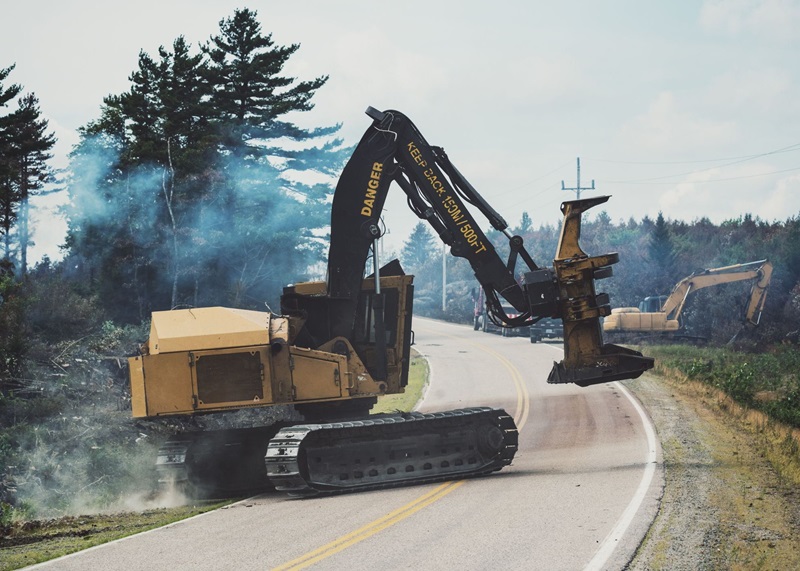How this year’s wildfire season is shaping up

Parts of Canada are seeing a significantly higher number of ‘holdover fires’ than the average amount, although the 2024 wildfire season as a whole will likely not result in as many hectares burned as last year, a fire research analyst said during a recent webinar.
2023 was a record fire season, with more than 18 million hectares burned and 230,000 evacuees. But it appears it was likely an outlier statistically, says Richard Carr, fire research analyst with the Canadian Forest Service, part of Natural Resources Canada.
“We had such a huge area burned that you probably don’t expect to see another year quite like that,” Carr said Tuesday during the Institute for Catastrophic Loss Reduction’s 2024 Canadian wildfire season forecast webinar. “And we do have another set of climate conditions heading into 2024, so it’s bound to produce a somewhat different result.”
This year, there are a “huge number” of fires carried over from 2023, Carr said. Sometimes called ‘zombie fires’ in the media, Carr says he prefers the term ‘holdover fires’ to describe fires that “burn fairly intensely one year and smolder away, maybe even under snow cover throughout the winter.”
The typical number of holdover fires in British Columbia and Alberta is probably between five and 10 per year. “This year, B.C. had about 90, Alberta somewhere between 55 and 60, and Northwest Territories, a couple and maybe more. There may be more as the year progresses.”
Related: Intact’s approach to help Canadians manage wildfire risk
It’s not entirely clear why there’s so many more holdover fires, which involves prolonged smoldering in deep organic layers. In one case in northwestern Alberta, it could be due to fairly deep peat layers in the region, Carr suggested during the webinar. Remediation efforts include searching for heat signatures, turning over soil and applying water to help extinguish some smoldering areas.
The 2024 season to date shows decent precipitation in parts of the southern Prairies, especially in southwestern Alberta closer to the Rocky Mountains, “so some of that agricultural region is probably in better shape.” Continued precipitation in the area may have helped hamper grass fire activity in the areas during the spring as well, Carr adds.
“But up to the north, we still see extensive patches of that severe drought through central British Columbia, up through northwestern Alberta and northeastern British Columbia, and up into the Territories,” he says. Eastern Canada tends to get better precipitation throughout the year, but there is already fairly significant drought in the Alberta, B.C. and territories heading into this year.
For Canada in general, models indicate a warm summer and uncertain rainfall amounts, Carr says. Precipitation may get a slight boost from La Niña, but maybe not enough to reduce drought or offset warm temperatures. “With the uncertainty in rainfall predictions, maybe a quieter July but active again in the late summer,” Carr concludes.
Feature image by iStock.com/shaunl







